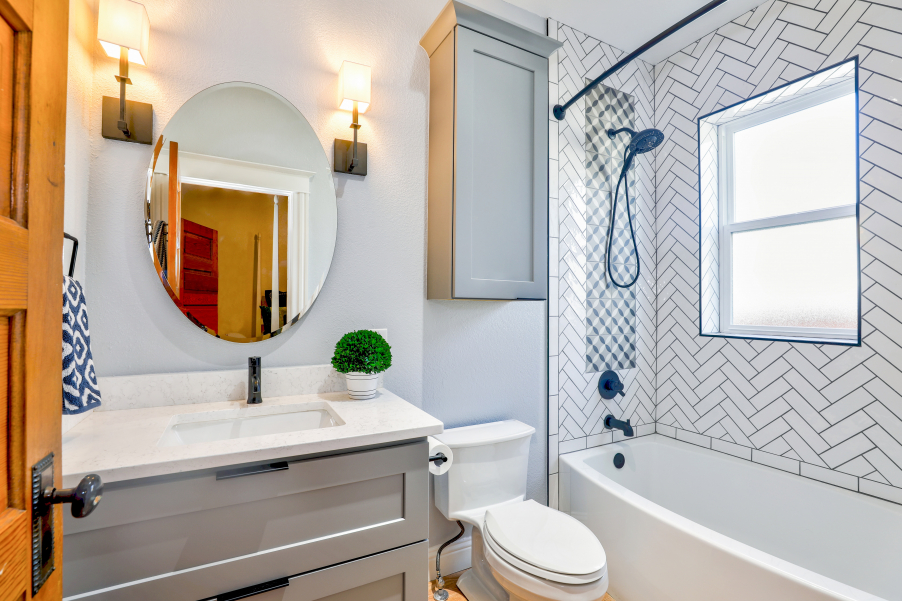Dealing with toilet issues with dementia care
Dealing with toilet issues in dementia
Incontinence is a common issue faced by people in dementia care. This can manifest as urinary or faecal incontinence, or both. It is caused by a number of reasons, both treatable and untreatable, and there are steps you can take to make the condition more manageable.
Treatable causes of incontinence
A number of physical conditions that cause incontinence are treatable, so it’s important to identify if they are present. These include urinary tract infections (UTIs), prostate problems, constipation and other infections. Incontinence can also be a side effect of medications like sedatives or diuretics, so talk to a doctor to see how this can be managed.
Link between incontinence and dementia
A person might develop incontinence as their dementia progresses due to the nature of disease. They may not be able to react quickly enough to their bladder or bowel filling up. People in dementia care could have reduced mobility, difficulties finding the toilet or remembering how to use it. The condition could be worsened by diabetes, strokes and muscular problems like Parkinson’s disease.
Managing toilet issues successfully
There are several ways you can provide effective support for loved one dealing with incontinence and make looking after them easier for you too. In order to prevent the person from soiling themselves, you could try prompting them to go to the toilet every two hours. Absorbent pads, waterproof mattress covers and disposable sheets are available, but be sure to pay special attention to the person’s skin when using pads, so it doesn’t become irritated or infected. Maintaining a healthy diet with plenty of fibre from wholegrains, vegetables and fruit will prevent constipation. Equally, ensure the person you’re looking after is drinking plenty of fluid, but limit intake before bedtime. Make useful adjustments to their home by installing a toilet seat in a primary colour (blue is a great choice), along with coloured grab rails and keeping the area well lit. Pathways to the loo should be clear of obstructions, door should be left open if possible and attaching a sign on the door could help. If they are unable to get to the toilet at night time, consider installing a commode or urinal close to their bed.
Communication is key
Dealing with incontinence and toilet issues can be frustrating and upsetting for people in dementia care. Be patient and gentle in your approach to reassure them, so they are comfortable enough to accept help. Watch out for signs that indicate they may need to use the toilet such as holding their stomach, pulling on their clothes, pacing, straining or turning red. They may need to be guided to the toilet or encouraged and assisted in using it. You can offer gentle prompts to walk them through the process, however, if possible, give them some privacy by standing away while they empty their bowel or bladder. After using the toilet, ensure they are clean and dry. When out and about, bring some pads and a clean change of clothes to effectively deal with any accidents or soiling, without causing too much embarrassment or upset.
If you suspect the person in dementia care has developed an infection or notice significant changes in their toilet habits, consult a GP. They will be able to provide additional support for loved one and offer medical advice if needed.







